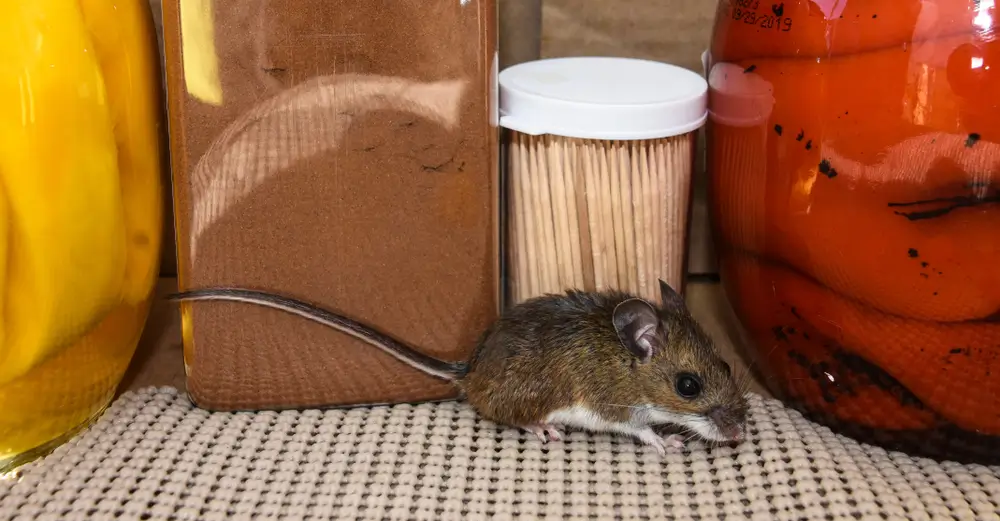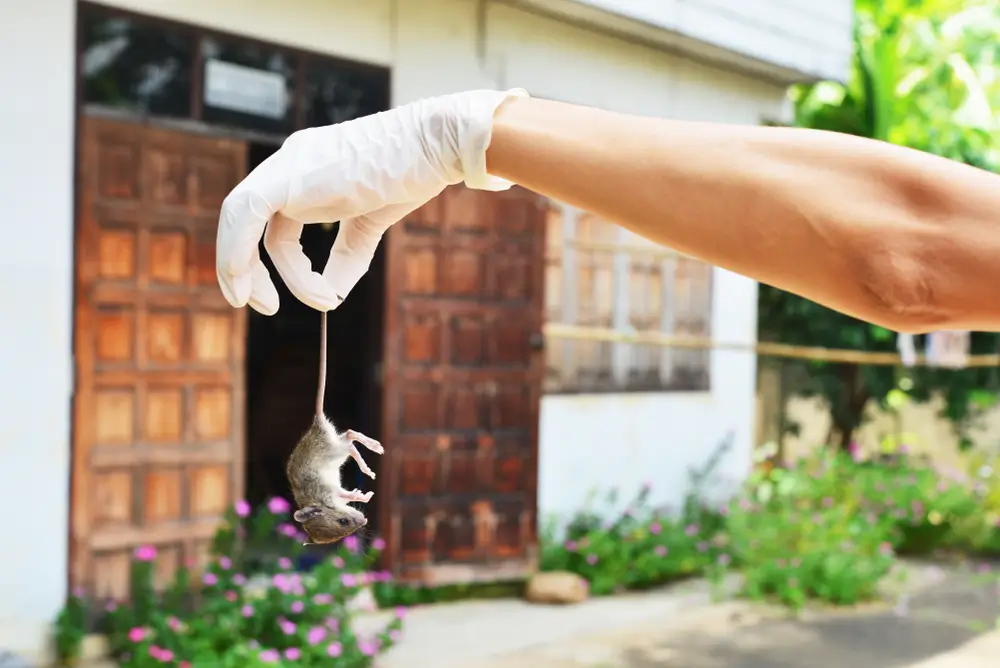Mice exposed to houses looking for food, shelter, and water. A typical household issue that is annoying and challenging to address is a mouse infestation. Mice are infamous for causing havoc by stealing food, gnawing on fabric and cables, devouring paper & documents, contaminating your food, spreading illnesses, and leaving their excrement and urine, which carries bacteria and viruses, all over the place.
Mice reproduce quickly and are hard to eradicate once they become a problem. Offices, hospitals, and abandoned buildings can all get infested with mice as long as such locations provide food, warmth, and shelter. Let’s talk about how to get rid of mice and be ready for mouse eradication.
How do Pest Control Experts Check for Mice?
If you suspect a severe mouse infestation, consider hiring a professional exterminator or pest treatment firm. Exterminators are pest control experts specializing in figuring out how pests entered your house, eliminating them with the utmost humaneness, and ensuring they don’t return. Exterminators use techniques such as the following to establish whether you require expert mouse control services.
· Access Points
If you don’t seal up your windows, doors, or gaps in your walls firmly, house mice can enter your home via practically any opening, even one as small as a dime. If you don’t do this, they could enter through virtually any outlet in your home. Do routine inspections so that you are always aware of any potential entrance points mice might exploit to enter your house.
· Food Sources
Regarding food sources, mice are not fussy; they are drawn to everything simple. It is not unusual to discover a family of mice living in your pantry, where you keep canned products and dry items. They could also be drawn to your recycling or trash.

· Areas of Habitat
Mice prefer soft, warm environments to build their nests and have babies. Therefore, the insulation in your walls is the perfect area for them to do so. Mice also reside behind cupboards, where the environment is dry and warm, and they have easy access to food. Also, they frequently choose quiet, dark areas like crawl spaces and wall voids.
· Warning Signs
You can watch out for warning indicators that tell you whether you have a mouse infestation (or even just a few of the little pests in your home). The likelihood of seeing droppings is high, especially near food sources. They are dark or brown in appearance and somewhat more significant than rice grains. The consistency and darkness of the droppings change with age, as well as their color.
If mice have contaminated them, you will also find food bags that have been nibbled on or gnawed. The noises of mice eating or clawing might be a frightening indication of their presence. Such unsettling noises indicate that they are nesting and destroying your home’s structural support. You could even find a dead mouse.
Easy & Professional Mice Pest Control Methods
Your pest control specialist or exterminator will be ready to permanently remove these deadly pests from your house when they discover a mouse infestation. A professional exterminator can use various techniques to get rid of mice from your property and keep them from returning, depending on the degree of the infestation.
1. Remove Access Points
After preliminary examination, exterminators use caulk or sealant to close up any openings mice properly use to enter your house. They can be hidden, perhaps in your basement or the attic. Mice can sometimes infiltrate your home through gaps in baseboards, windows, or door frames. Professionals in pest control look for these access spots and seal them up.
2. Remove Food Sources
If you have pets, don’t leave their food in the shop-bought bags; instead, store it in airtight containers. Mice readily chew through them. In the refrigerator and pantry, store all boxed items in sealed boxes that are not easily accessible. Moreover, it would be best to get garbage cans with lids and routinely clean them to ensure no attractive food scraps attract mice. Avoid taking food outside the kitchen and clean up spills and crumbs there.
3. Use Bait Station
In contrast to traps, which capture mice alive, bait stations kill the mice placed in them. The method used in bait stations is to put accessible poisoned snacks out for the mice to consume and die. In a few days, the mice exterminator returns to remove the carcasses of deceased mice, preventing hygienic issues and unpleasant smells from afflicting the house. Using this method, mice are eliminated more quickly and in smaller numbers.
4. Fumigation
The pest management technique of fumigation works well to get rid of mice. When all other eradication methods fail to eliminate mice, this is what mice exterminators turn to as a last option. This pricey, risky method can force you and your family to leave the house for a few days or weeks. Some chemicals exterminators use for fumigation include carbon dioxide, methyl bromide, magnesium phosphate, and aluminum phosphate.
What Substances do Exterminators Use to Get Rid of Mice?
Your exterminators can fumigate your home with many lethal chemicals, including the ones listed below.
· Phosphine
If you want to use it as a fumigant, that is how it is typically used. When exposed to air, it is a solid that turns into a gas and can ignite. If inhaled, it is lethal.
· Formaldehyde
This prevents the rats’ cells from dividing.
· Magnesium Phosphide
This substance is a powder that releases a poisonous gas when in contact with water.
· Carbon Dioxide
Because it doesn’t leave any residue behind, this chemical is the safest on the list. Nothing inside your home can breathe while it is being fumigated, but when you arrive home, there is no need to be concerned about contaminating anything.

